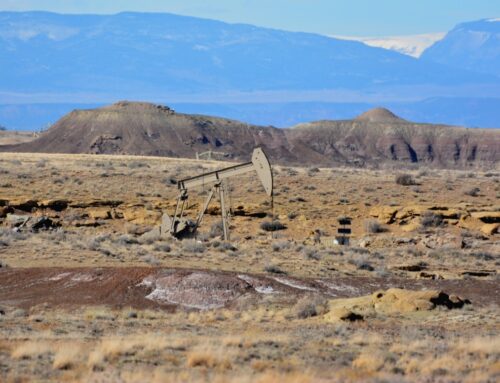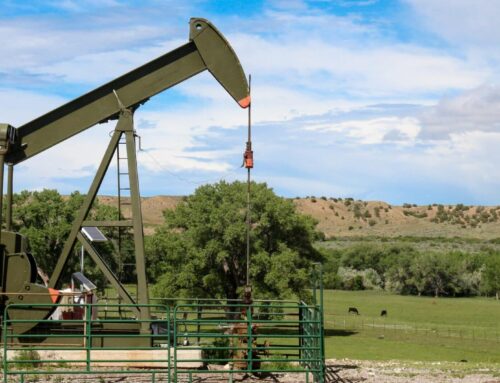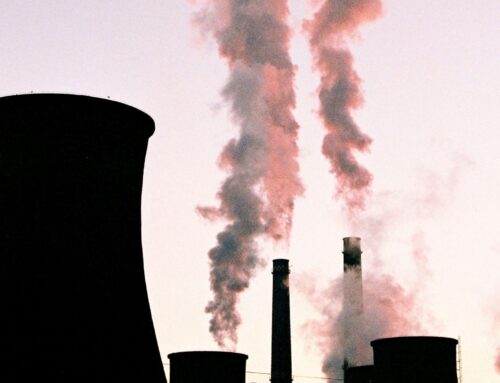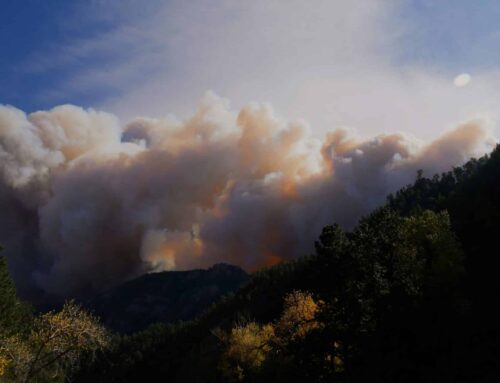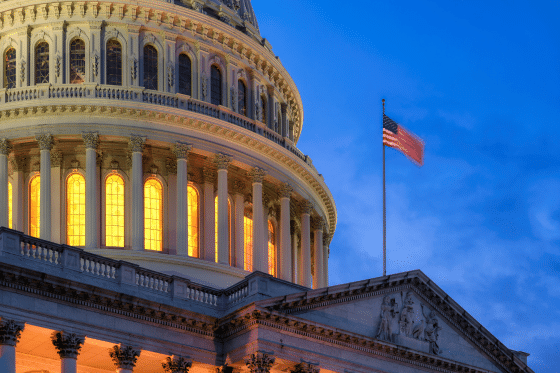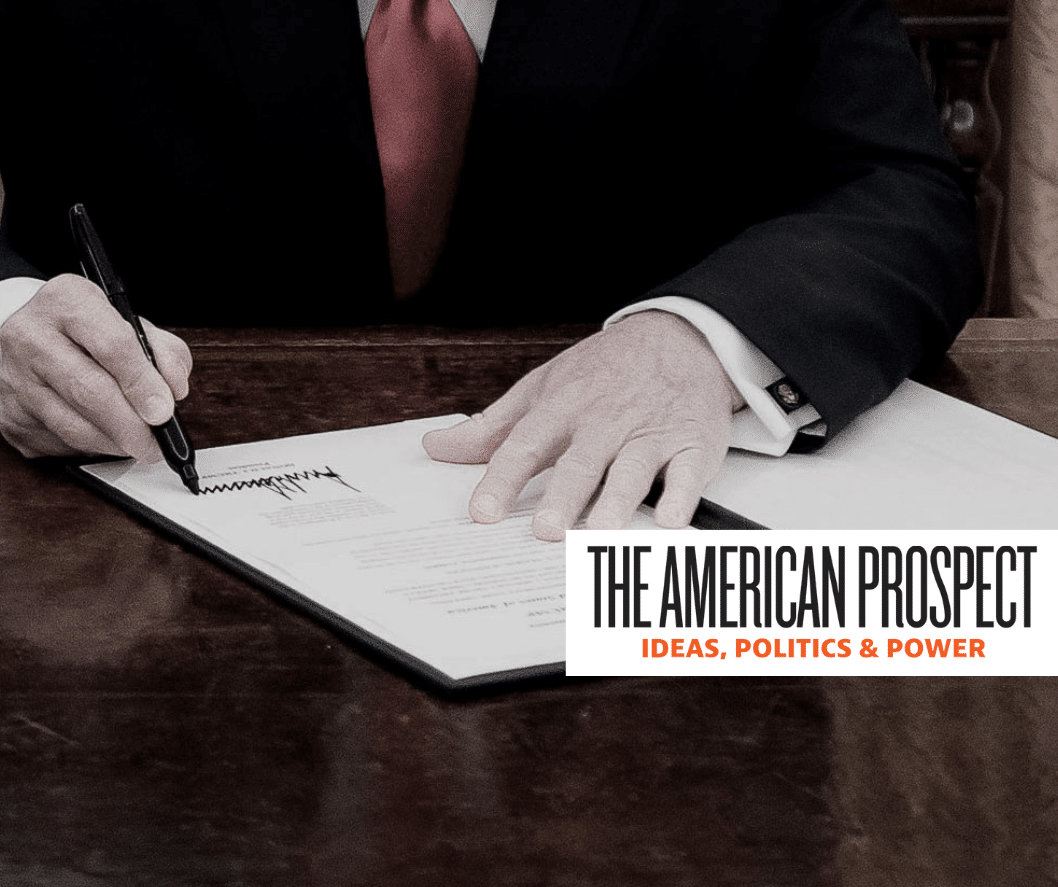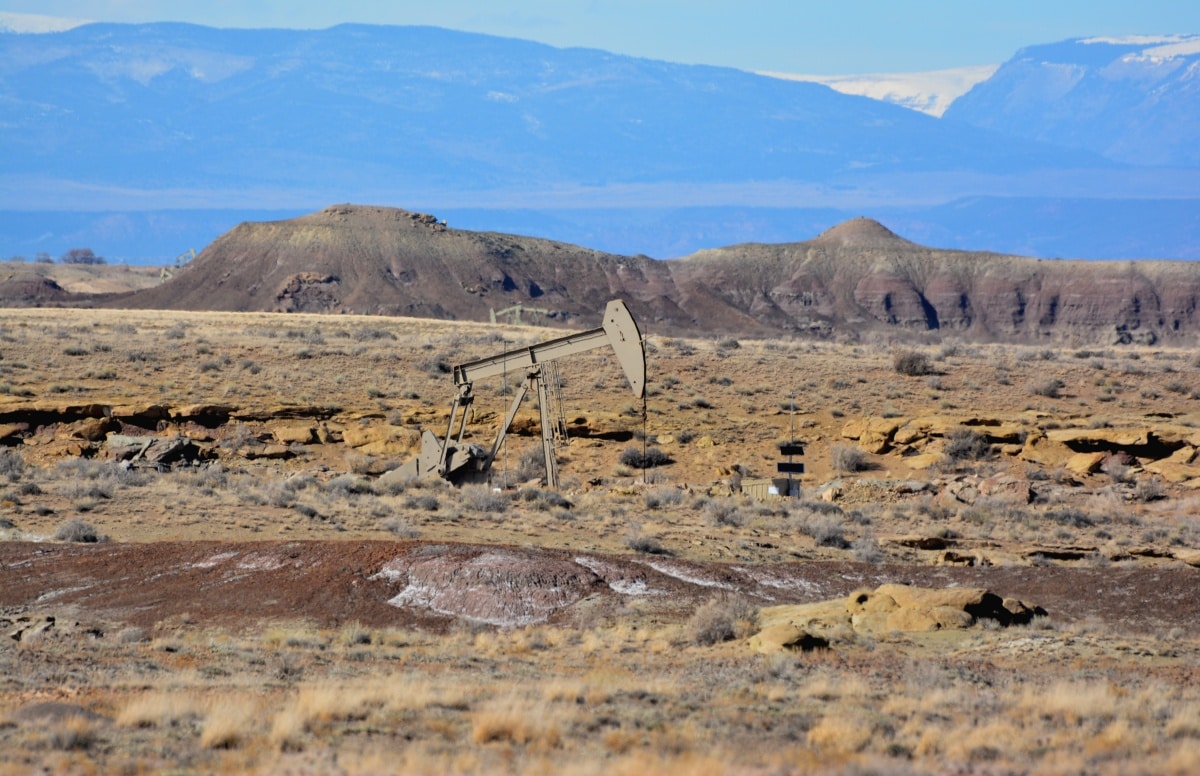As they say, if you find yourself in a hole, stop digging – or in this case, stop drilling. Facing a drop in demand for oil due to the COVID-19 pandemic and a pre-existing abundance of supply, some of the world’s biggest oil producing countries reached an agreement over the weekend to curtail production in coming months. A perennial member of the brass section, President Trump has been trumpeting his role in the negotiations. But behind the scenes, his administration is playing the only tune it knows – subsidize the oil and gas industry and incentivize production at taxpayers’ expense. In other words, exactly opposite what the president wants to accomplish.
The problem in the international oil market is simple – unrestrained production and falling consumption have produced a huge glut of oil. The U.S. Energy Information Administration projects an overall oil inventory buildup of 17 million barrels per day (b/d) over the first two quarters of 2020. For context, global oil production averaged roughly 100 million b/d in 2019.
To prevent the surplus from ballooning further, the oil cartel OPEC led by Saudi Arabia reached an agreement with 10 countries led by Russia to reduce oil production by roughly 10 million b/d in May and June. President Trump claims to have helped broker the deal and even promised to cut U.S. production during one particular impasse, despite zero authority or ability to do so.
Back home, certain oil and gas companies and their supporters on Capitol Hill urged the White House to consider direct financial assistance to the sector, aka, a bailout. Specifically, the fossil-fuel producers were panhandling for blanket relief from federal royalty payments. The extra-legal request was apparently rejected. But that hasn’t stopped Secretary of the Interior David Bernhardt from promising to grant royalty relief to oil and gas companies that apply. That is, while the president is publicly praising his work to (insufficiently) reduce oil production, his own federal agency is taking actions to spur on increased supply, costing taxpayer billions of dollars.
In fact, mountains of tax subsidies and systemic problems in federal oil and gas leasing have artificially propped up U.S. production for decades. But since taking office, the Trump Administration has bent over backward to cross off as many items on the oil and gas lobby’s to-do list as it can.
The Department of the Interior (DOI) has pushed the oil and gas agenda most aggressively where it has the most authority – managing development of oil and gas on federal lands and waters. Like any landholder, the DOI charges companies for the right to develop taxpayer-owned resources, including through auction fees, annual rent, and a set percentage of resource sales, aka a “royalty.” Instead of updating some of these terms that were set decades or even a century ago, the DOI has been quite content to simply collect less revenue. It’s a huge breach of the public trust under which the agency operates, but not surprising given Bernhardt’s previous career as an oil and gas lobbyist.
Under his tenure, and that of his predecessor Ryan Zinke, the DOI and its sub-agencies have acted to reduce royalty collections and pad Big Oil’s profits from every angle. The Bureau of Land Management (BLM), for example, has tried to limit when royalties are imposed by rolling back rules to cut down on penalty-free venting and flaring of gas on federal lands. To reduce the sales value of resources to which the royalty rate is applied, the Office of Natural Resources Revenue (ONRR) attempted to repeal new standards for oil and gas valuation. Their effort was so ham-fisted however, the courts ruled it violated administrative procedure law. And finally, the DOI did lower the royalty rate for some offshore development and considered a recommendation from its own industry-stacked Royalty Policy Committee to take it further.
Not content to minimize revenue by changing the inputs to the royalty equation, the DOI has aggressively moved to offer up as much federal land as possible to development under antiquated, cut-rate terms (even during the pandemic). To date, 24.5 million acres have been put up for lease in the Trump Administration. The surge in lease offerings led to the lowest per-acre revenue collected at BLM lease sales in a decade in 2019. In the mad rush to give away the store, the BLM is even pursuing drilling in the pristine Arctic National Wildlife Refuge despite dismal revenue forecasts.
The administration pushed its “drill-now, get-paid-little“ plan with the explicit goal of increasing production on oil and gas lands under the banner of “American Energy Dominance.” But production was never the problem. Subsidizing Big Oil with complete disregard for the taxpayer’s interest is second nature to the Trump Administration. So it’s no surprise that tumult in oil markets has them reaching for their subsidy toolkit. But facts, economic fundamentals, and fiscal responsibility all demand that for once, we let free markets function and focus government attention on the challenges posed by the COVID-19 crisis, instead of the complaints of the well-heeled and well-connected.

